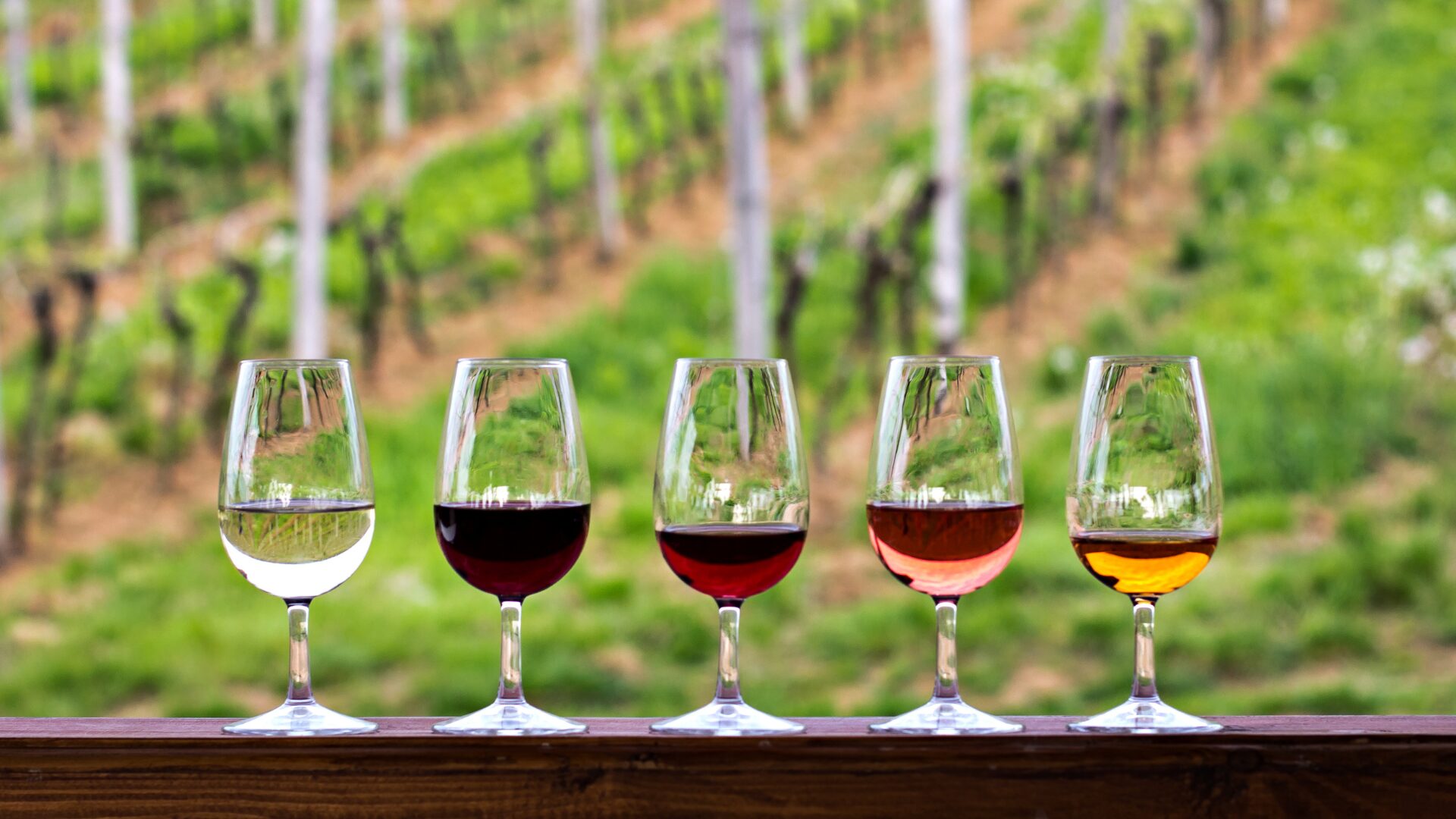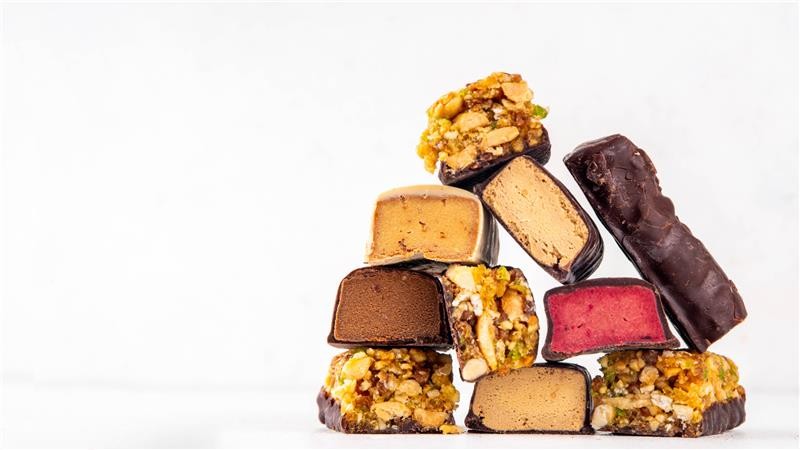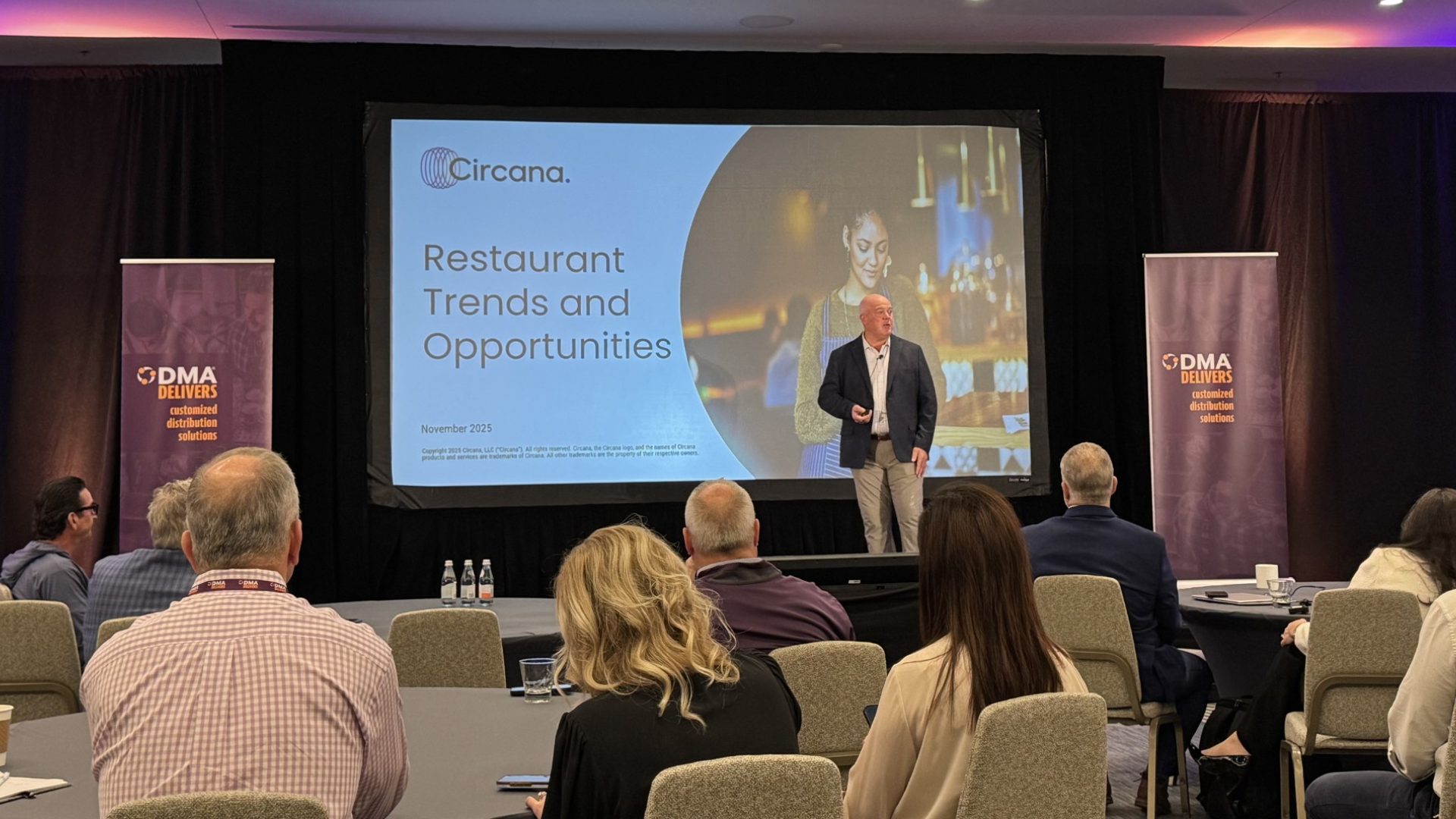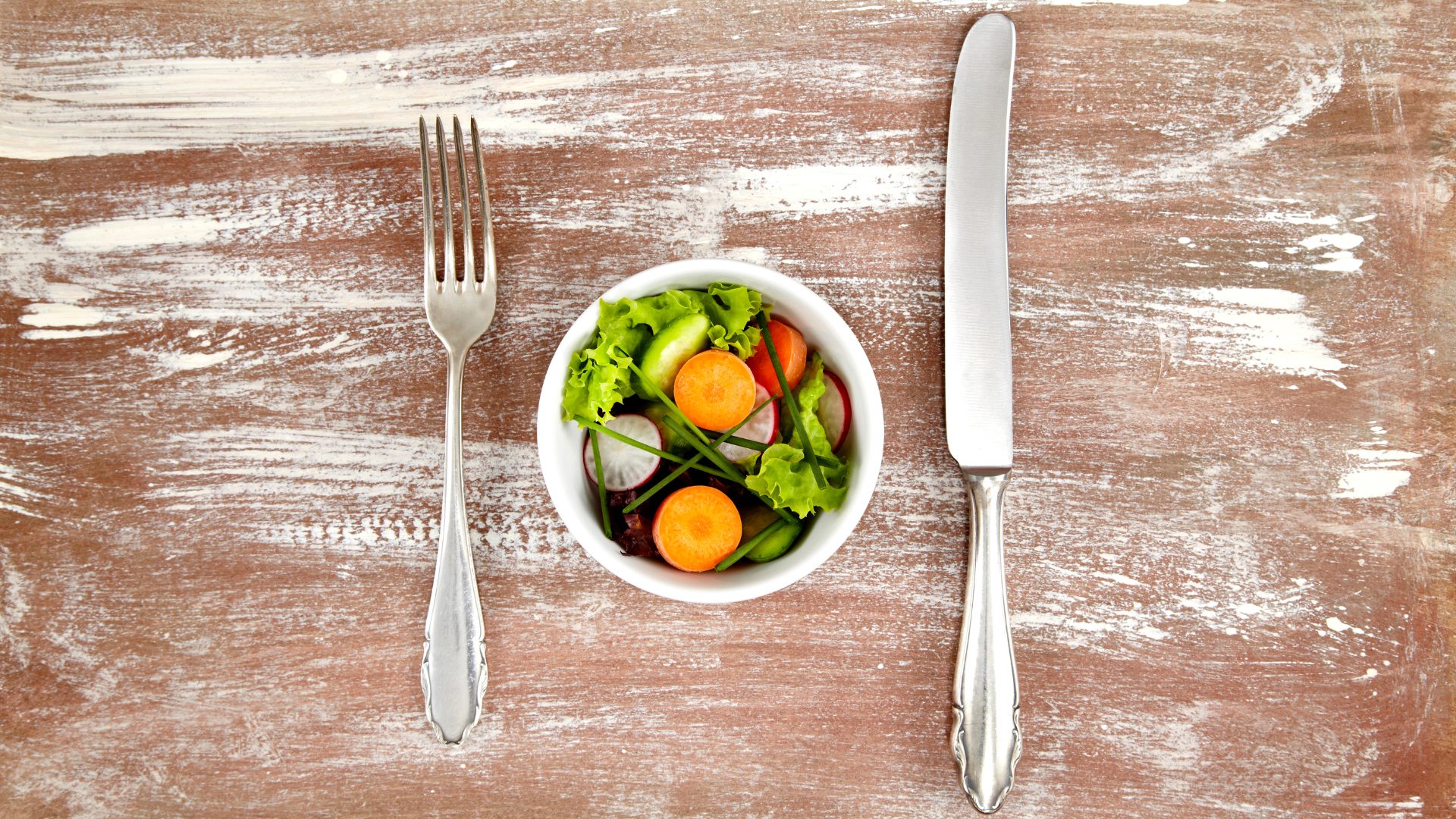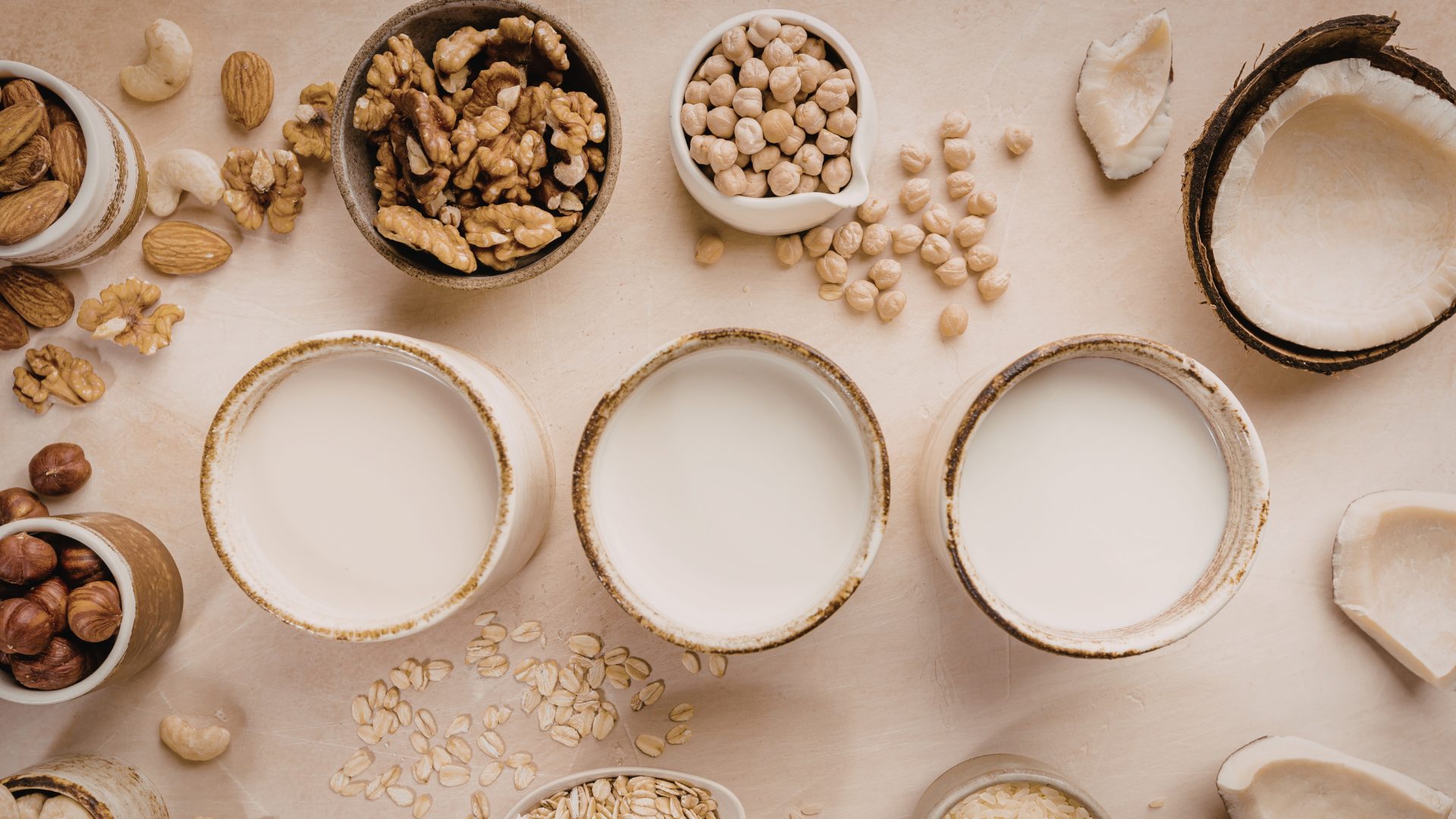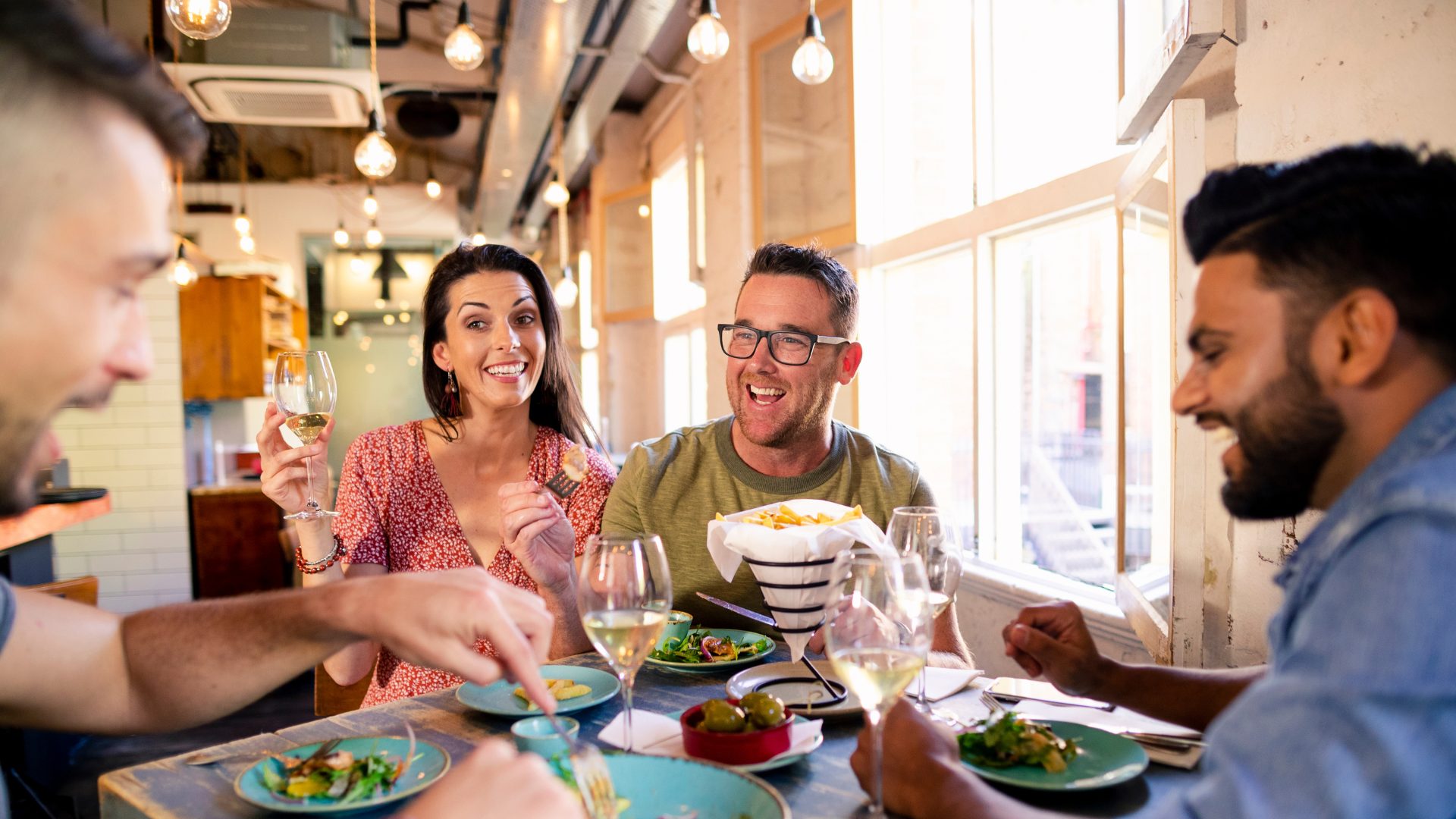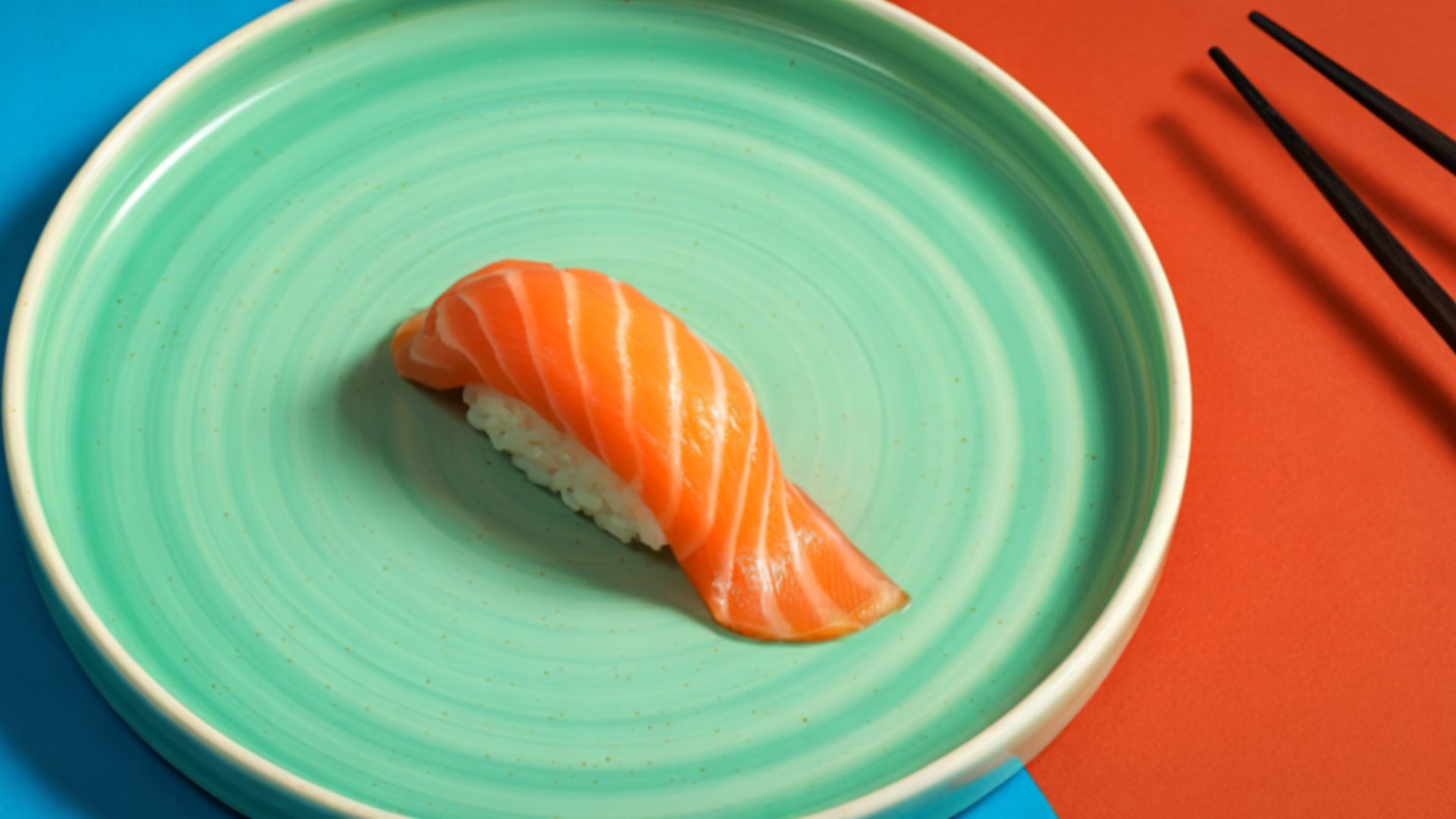Cupcake Vineyards recently debuted Alcohol-Removed Sauvignon Blanc, a non-alcoholic beverage geared toward the growing number of drinking-age consumers who are working to either moderate or eliminate their alcohol intake, which now exceeds 50%, according to IWSR.
Up until recently, the NA wine options were quite limited, leaving non-drinkers with few alternatives beyond overly sweet sparkling juices.
While NA beer still accounts for roughly 85.1% of total NA beverage market share, according to data from NielsonIQ, NA wine represents 11.2% of the remaining share, ushering in ample opportunities for innovation across the global sector.
“In Europe, particularly Italy, the rise in demand for non-alcoholic wines has been made possible also thanks to a clearer regulatory framework,” Patrizia Vigolo, founder of Patrizia Vigolo Wine Consulting, told The Food Institute.
“In 2024, with decree no. 672816, the Italian Ministry of Agriculture finally incorporated the European regulation allowing the production and commercialization of dealcoholized and partially dealcoholized wine into domestic law.”
So, how are non-alcoholic wines typically made?
Methods to the Madness
Much like Cupcake Vineyards’ alcohol-removed offering, the majority of NA wines first undergo the full winemaking process.
Then, the alcohol is removed on the back end, which can be accomplished via multiple methods, including:
- Vacuum distillation, which removes the alcohol through evaporation
- Reverse osmosis, which applies pressure as the wine passes through a semipermeable membrane
- Spinning cone columns that leverage centrifugal force to strip out the alcohol while retaining as much of the wine’s natural flavors and aromas as possible
So, how does the end result fare, in terms of taste?
“As an international judge, I have tasted dozens of NA wines, from whites to reds and sparkling varieties, and I can confirm that different production processes yield varying quality results,” Vigolo told FI.
Reverse osmosis is the most common technique, which wineries have used for decades to adjust the water and acid levels in wine, according to Keith Wallace, Sommelier Program Developer at the National Wine School. However, the technique has its limitations.
“The challenge, however, is that alcohol does more than provide a buzz; it contributes mouthfeel, body, and the perception of acidity. Without it, wines tend to taste thin and overly tart,” Wallace told FI.
“To compensate, winemakers can add sugar or sugar-like compounds such as glycerol to restore texture and balance. This is a delicate process, and while it can help, the result is rarely comparable to a traditional wine in terms of depth and complexity.”
The Road Ahead
“We are in a phase of change,” Vigolo acknowledged. “However, developing the technology to produce high-quality NA wines will take time.”
“Traditional winemakers like myself are well aware of the decline in wine consumption, and many have responded by promoting lower-alcohol wines,” Wallace said.
“However, the ethos of small-scale, independent winemakers is centered around minimal intervention – they work with what nature provides, rather than manipulating the product to fit a market trend. This is why the NA category remains largely dominated by large wine corporations rather than artisanal producers.”
Wallace believes a fundamentally new approach must be developed before a truly high-end, premium NA wine can emerge – something beyond simply removing the alcohol.
“For example, a genetically engineered yeast that could ferment wine into a non-intoxicating but structurally similar compound could open the door to more sophisticated alternatives,” Wallace explained.
“But for now, the NA wine category is still a work in progress, with its primary audience being consumers looking for a wine-adjacent experience rather than a true wine replacement.”
“The path is set; now it’s a matter of following it with a clear concept in mind. We must not approach NA wine with the same mindset as traditional wine. The audience is different, and so should be the approach,” added Vigolo.
To stay up on the latest NA happenings, register for this free FI webinar on April 8.
The Food Institute Podcast
Tariffs, geopolitical tensions, and inflation are all weighing on the food and beverage industry and consumers alike, but what can industry leaders do to persevere amid uncertainty? Lou Biscotti from CBIZ’s Food and Beverages Services Group shares his insights on The Food Institute Podcast.


